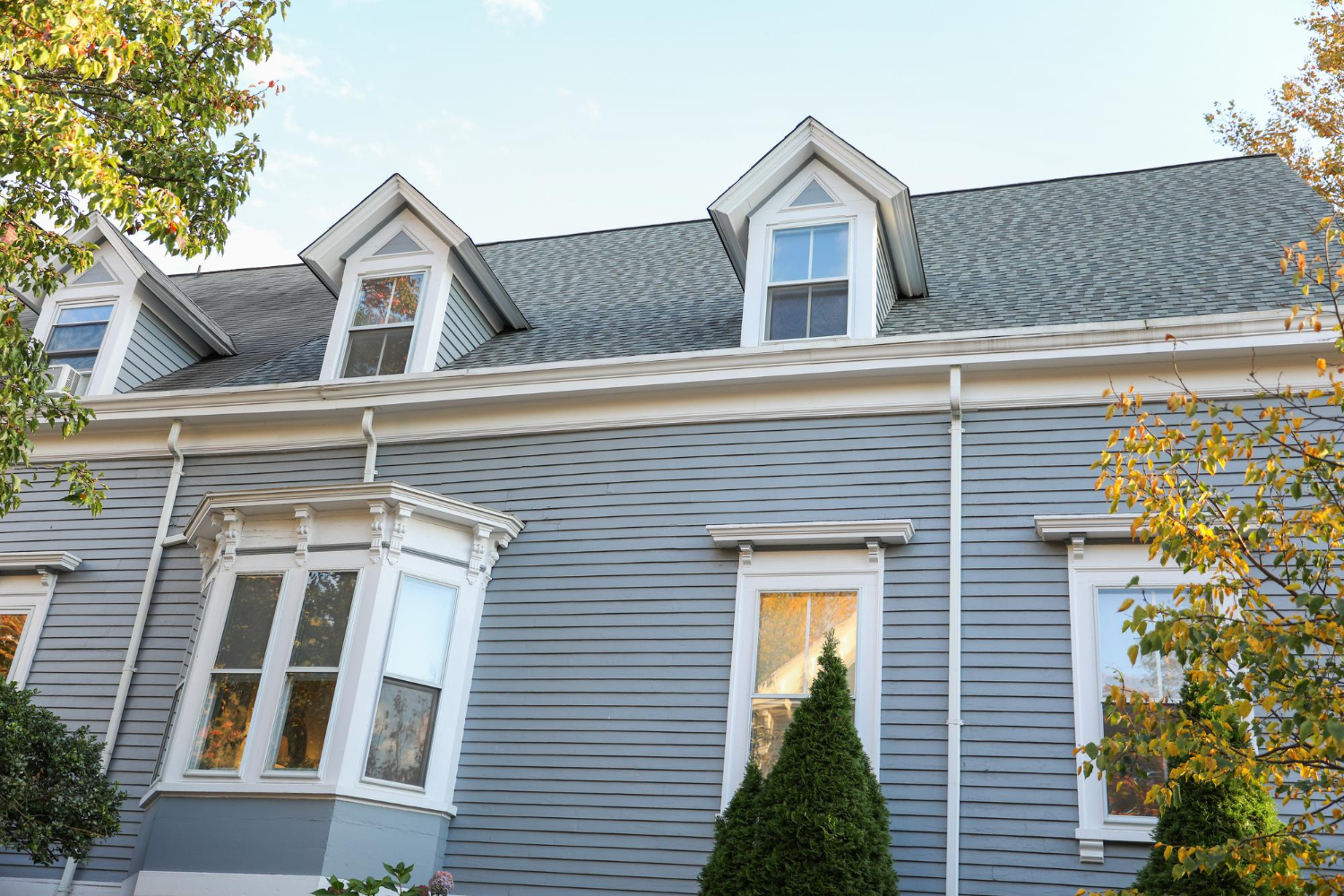Call This Saturday to Get $25 OFF
Schedule Professional Handyman Services Today
Call This Saturday
to Get
$25 OFF
Call This Saturday to Get $25 OFF
Schedule Professional Handyman Services Today
Call This Saturday
to Get
$25 OFF
Do you live in an area that receives high winds or is prone to adverse weather? If so, equipping your building properly is vital to protecting your property and avoiding expensive repairs down the line. With that said, investing in wind-resistant siding strengthens the overall structure, making it prepared for high winds or hurricanes. At Mr. Handyman, we have experience with different siding materials, giving you peace of mind knowing we can recommend the best choice for your needs. Let’s delve into some of the common siding materials and how they hold up in turbulent weather to inform your decision.

Wood is a traditional building material that has been used to create wind-resistant siding for many years. However, wooden structures are prone to moisture damage, and siding is no exception. If you notice telltale signs of deterioration, call a seasoned handyman in Churchville, PA to provide the proper care and prevent further deterioration. With the right maintenance, you can rest assured that your wood sidings are in good shape and can withstand high winds for many years to come.
When it comes to variation in production quality, vinyl offers a wide range that can make choosing wind-resistant siding challenging. According to the professionals at FEMA, vinyl siding that can withstand wind speeds of up to 110 miles per hour (mph) and heavy rains are considered storm-ready. Before investing in vinyl siding, check the wind resistance with a reputable handyman or manufacturer to ensure you choose a suitable product for your needs.
Metal is one of the strongest and most wind-resistant building materials. However, metallic siding can rust and dent over time, prompting recurring siding repair and maintenance services. Since siding is exposed to the elements, consulting a professional handyman service can help you choose a corrosion-resistant or rust-free metal for your roofing needs. Manufacturers leverage innovative technology and expertise to create alloys that can withstand heavy rains and strong winds all year round.
Another popular siding material to consider if you live in an area that receives frequent hurricanes or harsh weather is brick. Brick siding offers a good level of longevity when installed and cared for properly. However, the wrong installation technique and improper maintenance can compromise the structural integrity. If you have brick siding and notice chunks falling, early intervention is vital for the safety of your loved ones. In addition, you do not have to worry about expensive and time-consuming siding repairs in the future.
Rust, a broken door, loose hinges, or a leaning post can make your mailbox unreliable. Since it sits…
Read MoreA new TV is always fun until you need to figure out where it belongs. Leaving it on…
Read MoreDaily use takes a toll on steps and stairs. The creaks, wobbles, or cracks that show up might…
Read MoreFor families with kids, aging parents, or frequent guests, railings keep activities safe. Mr. Handyman works with homeowners…
Read MoreColor has a powerful effect on how a space feels. A fresh coat of paint can brighten a…
Read MoreWalk up to any house and your eye catches the trim before almost anything else. Around the garage,…
Read MoreAdding a storm door gives your entry a finished look and protects it from wind, rain, and extreme…
Read MoreFiber cement siding provides ideal wind resistance and durability, making it suitable for areas that experience adverse weather. With proper installation by a reputable handyman service, fiber cement siding can provide the strength to withstand strong winds and resist water penetration. Manufacturers design this product to withstand objects striking the surface at speeds of 75 miles per hour (mph).
Now that you know some of the common siding choices for properties in high-wind zones, you are probably wondering which one is the best choice. The best choice for your home is fiber cement, as it provides durability and resistance against heavy rains and winds.
Not only is fiber cement siding ideal for high-wind zones but it also enhances your building’s design and aesthetics. If you want a look that resembles materials like brick, wood, and vinyl, but with the superior engineering to withstand high winds, fiber cement is the go-to choice for your needs.
Contact us at Mr. Handyman and schedule a consultation with our experts to explore some of the best siding options for different climates. We provide comprehensive services, including siding repair and maintenance, keeping your home in top shape for many years to come.
As a homeowner, dealing with flood damage can be a nightmare. Whether it is from a leaking pipe, rain, or a…
Read MoreCloset issues usually start innocently and escalate over time into drawers full of junk or piles of shoes and other items…
Read MoreA piece of wooden furniture in a landfill or next to the dumpster is not an uncommon sight. While it is…
Read MoreDo you have a home remodel scheduled? Are you looking to revamp your tile surfaces without breaking the bank? Well, you…
Read More